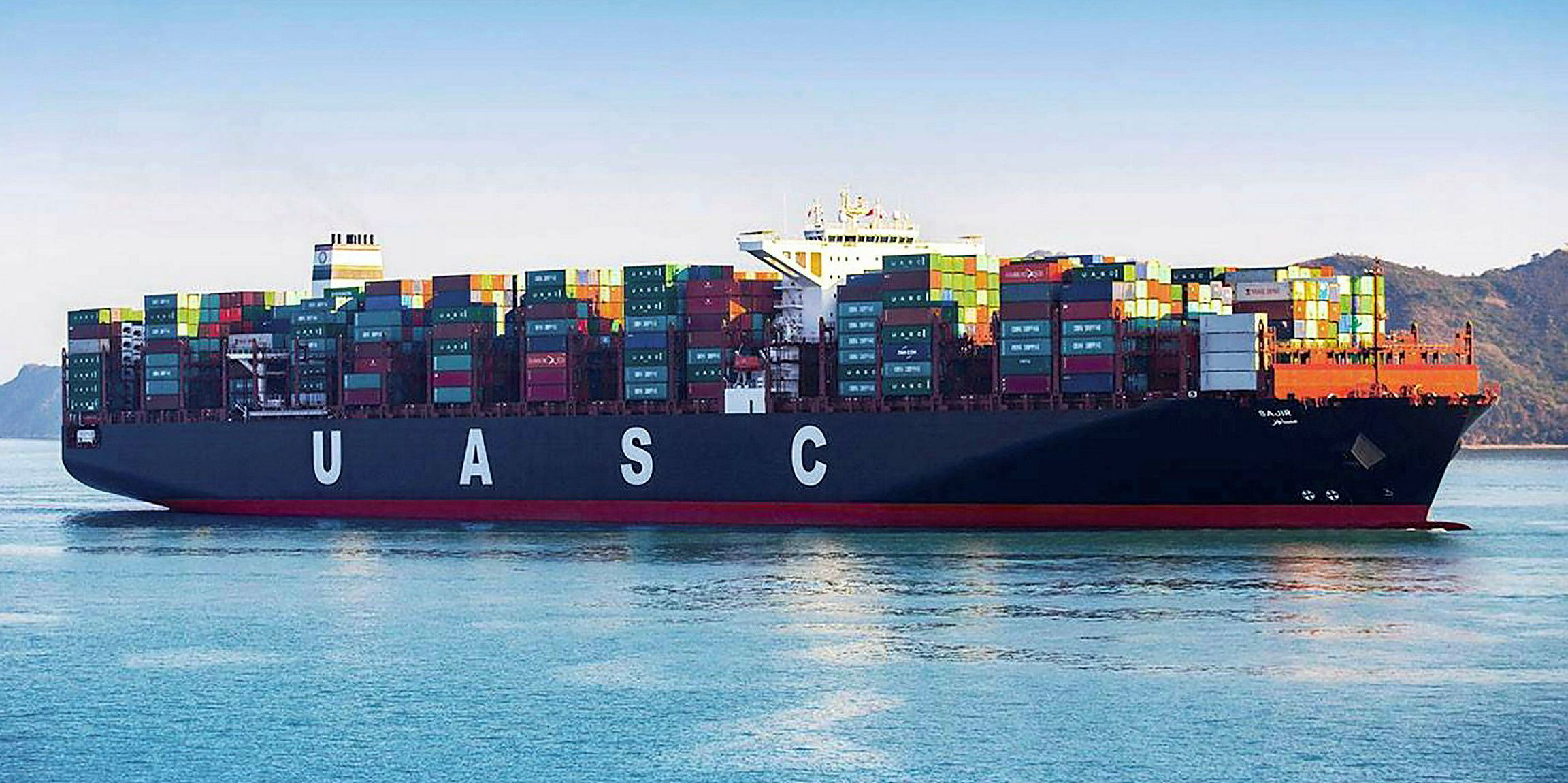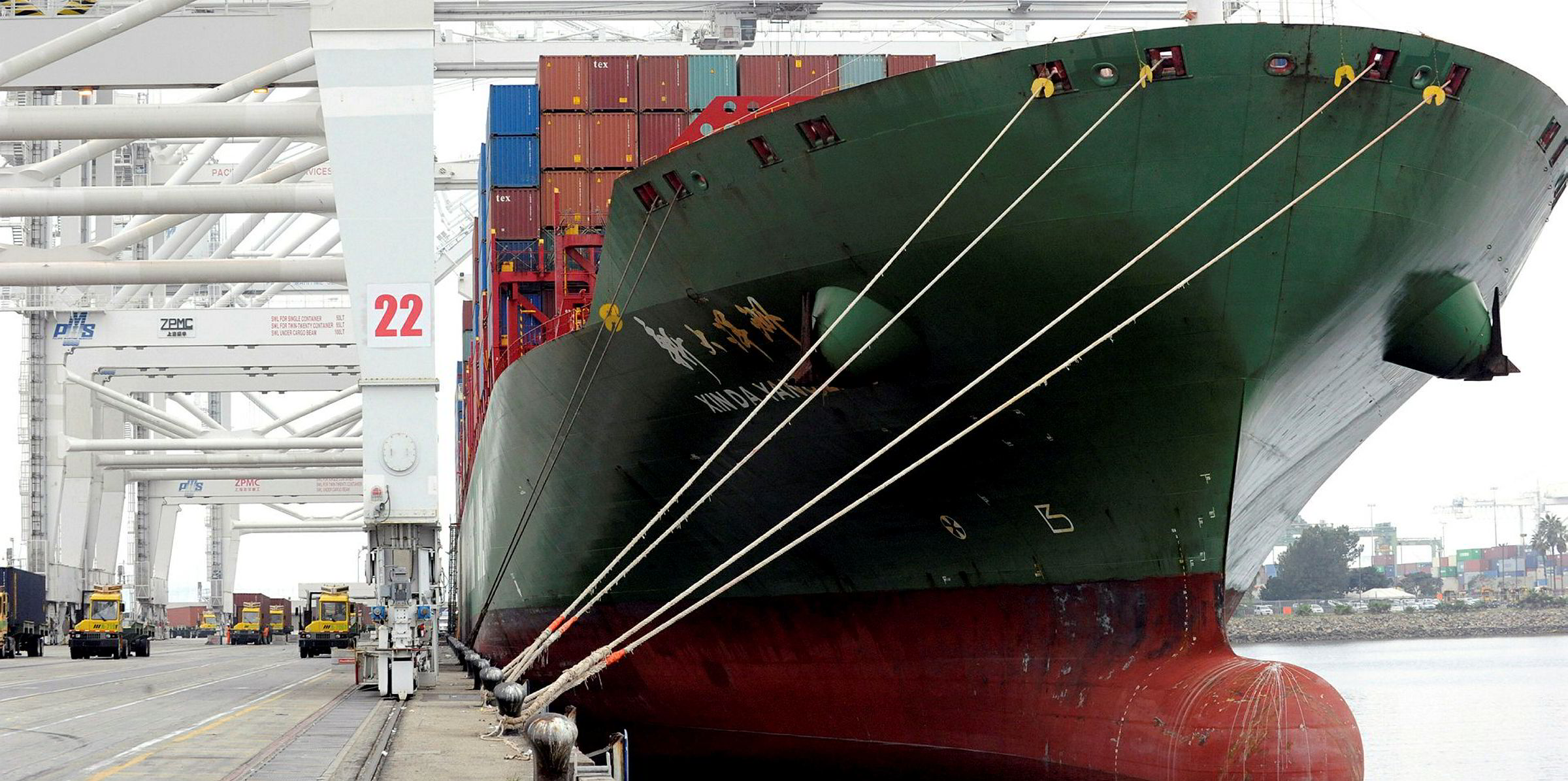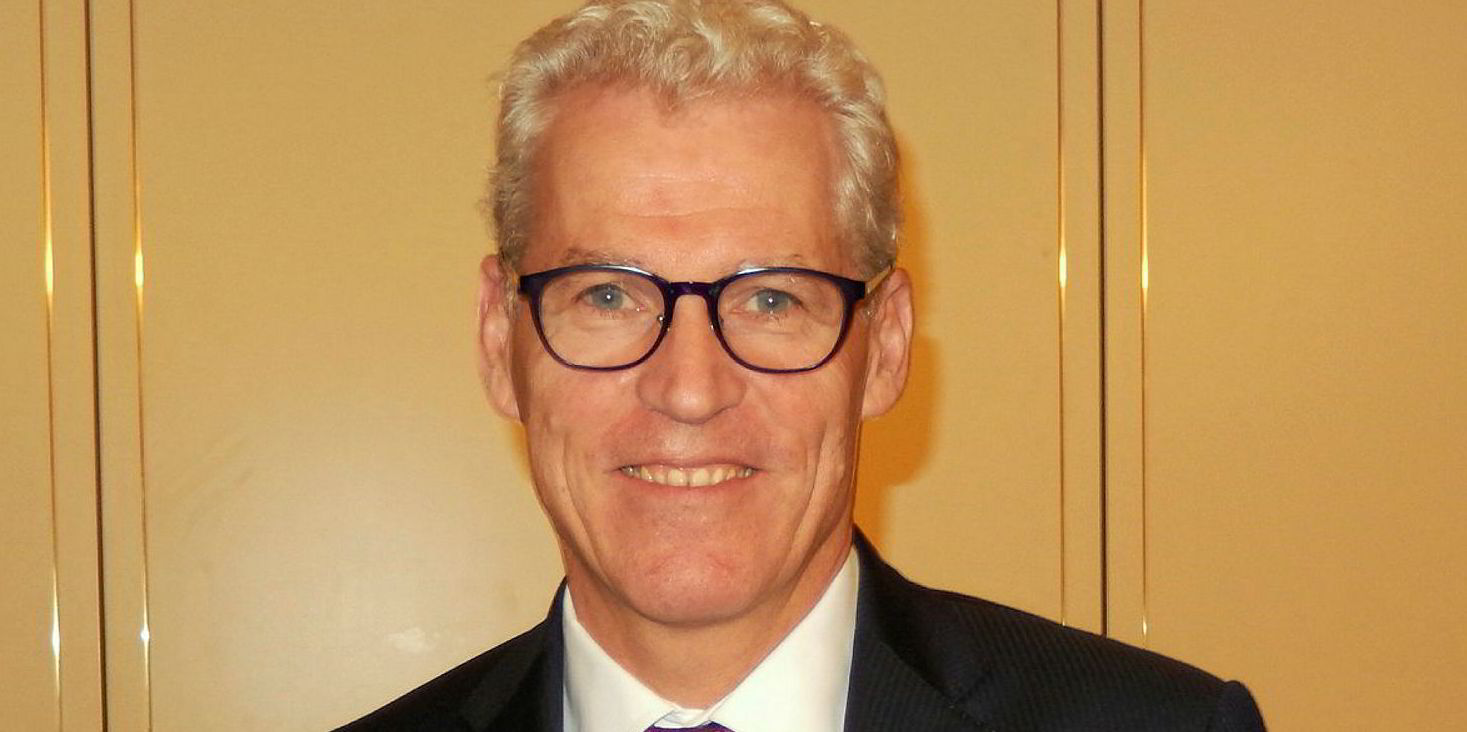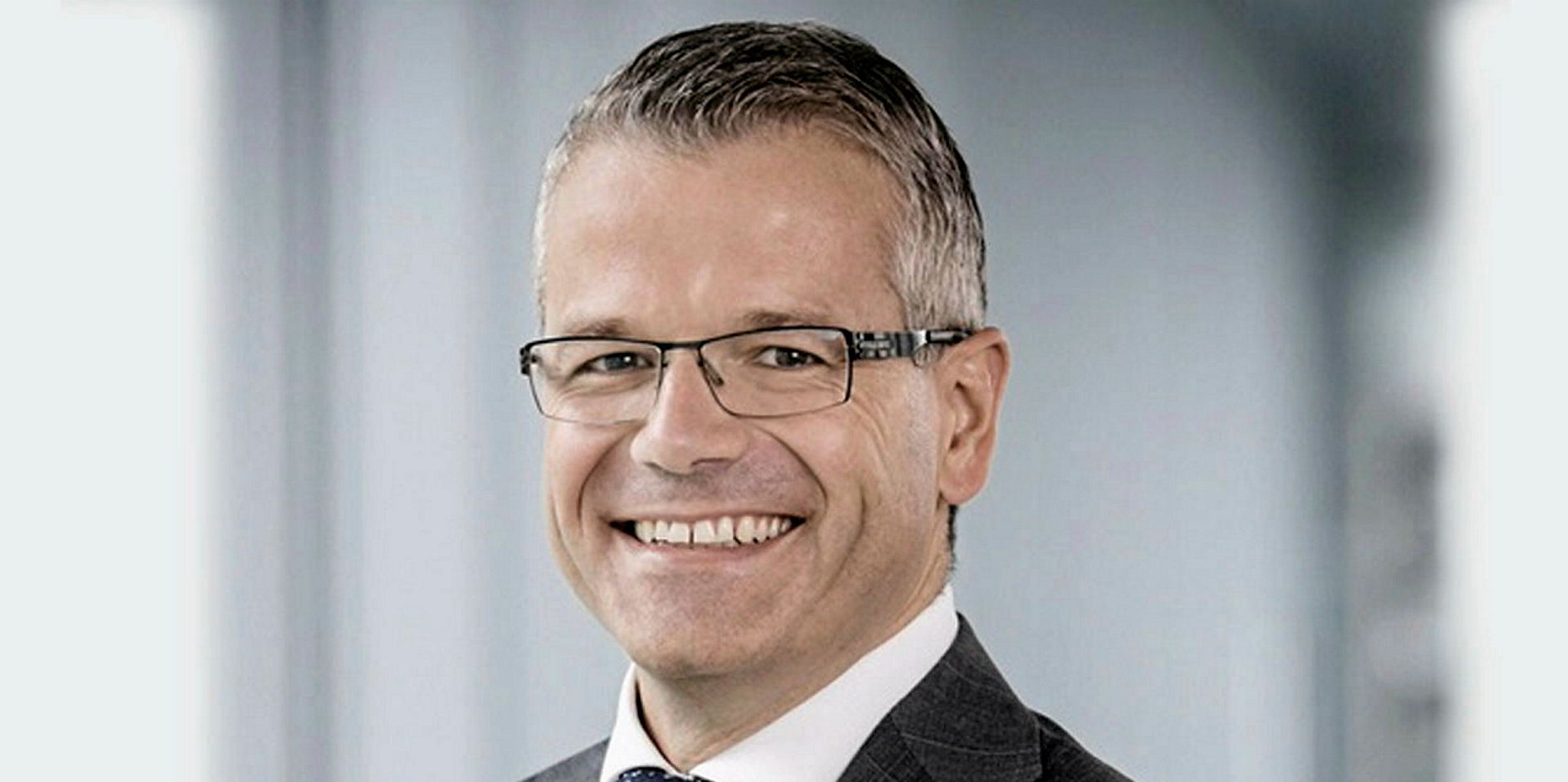Germany's Hapag-Lloyd will massively hike freight rates between Asia and Europe in response to a shortage of equipment and surging demand.
The leading liner operator will push up rates by up to $1,000 per teu from 1 December on a trade where bottlenecks are boosting rates to levels not seen for several years.
Rates will initially rise by more than $400 to $1,445 per teu on 15 November and then to as high as $2,445 per teu on 1 December.
That reflects a shortage of containers on a trade where rates have been fairly stable but start picking up sharply.
Strong earnings
The rate increase comes at a time when the German liner operator is making a healthy profit.
Hapag-Lloyd's net result for the first nine months of the year rose to $605m, an increase of $272m compared with the same period of 2019.
Earnings increased as volume recovered in the third quarter amid stable freight rates and lower bunker prices, the company said.
Revenue slipped by 1% to $10.5bn for the period, mainly due to a double-digit drop in demand during the second quarter. Ebitda, howeve, jumped by around 20% year-on-year to €1.8bn ($2bn). That keeps the liner company on course for full-year 2020 Ebitda of between €2.4 and €2.6bn.
"We have achieved a good result and strictly managed our costs while at the same time benefiting from improved market conditions in the third quarter," said chief executive Rolf Habben Jansen.
"However, with its increasing number of cases worldwide, the Covid-19 pandemic continues to pose high risks to the logistics industry and the supply chains of our customers."
Box shortage
Volumes fell to 8.6m teu, compared with 9m in the previous period, but freight rates were 2% higher on average at $1,097 per teu.
"We had expected freight rates to improve year-on-year, considering the strong spot market," said Fearnleys Securities.
"However, both Latin America and the Atlantic showed downwards trends," the analyst said.
Hapag-Lloyd does not have the same exposure to the transpacific market as some other liner operators.
A box shortage in Asia, however, could limit volume growth in the fourth quarter, Fearnleys said.
Hapag-Lloyd should benefit from rising rates on the Asia-Europe trade instead.
The Shanghai Containerised Freight Index (SCFI) surged by around 20% in the week to 13 November, to levels not seen since 2009.
Spot rates from Asia to North Europe rose from $1,246 to 1,508 per teu, while those from Asia to the Mediterranean are up from $1,365 to $1,674 per teu.
That is the highest level on the Asia-Europe trade for several years and is leading some operators to seek capacity increases.
Bottlenecks
Maersk plans to double capacity on a weekly ocean-rail service to deal with "bottlenecks" on the Asia to Europe trade.
The Danish operator will increase to two departures per week in its AE19 service, which combines short-sea and rail services between ports in Korea, China and Japan with Northern European ports in Finland, Poland, Germany and Scandinavia.
Shippers have increased bookings on the service, said Zsolt Katona, managing director of Maersk for Eastern Europe.
That had boosting AE19 volumes "by around 75% in April, May and June compared to pre-Covid-19; a trend that will likely improve in the second half of the year,” Katona said.








